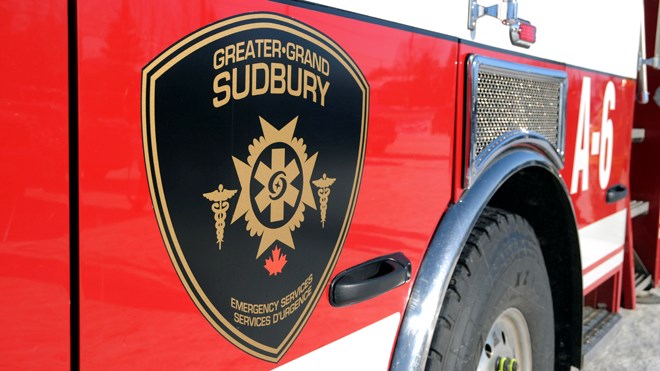Big changes are being proposed for Greater Sudbury's fire services, which have operated with a mix of career and volunteer firefighter stations since amalgamation 16 years ago.
Public meetings are scheduled next week to give the public an overview of the plan. It would reduce the number of fire stations in the city to 15 from 24, relocate some stations to more central locations, reduce the reliance on volunteers and add several career firefighters.
Over the 7-10 years the plan would be implemented, firefighting costs would increase about $6 million a year, compared to an increase of around $4 million a year if the status quo is maintained.
That's because many of the stations and their vehicles are older and in need of replacement or renovation.
Under the optimization proposal, volunteers and career firefighters would work and train together more regularly. The number of fire vehicles would also be reduced, but the remaining trucks would be better staffed.
As it is, vehicles from volunteer stations sometimes arrive at the scene with just one firefighter because of issues with response rates. Volunteers respond, on average, about 34 per cent of the time when called out to an emergency, the report found.
The report also recommends an end to area rating, which is a form of taxation where residents in areas of a city where some services aren't available pay lower taxes. Communities in Greater Sudbury served by volunteers currently pay lower property taxes than those served by career firefighters.
That has led to a situation where career stations respond to fires anywhere in the city, even if residents there aren't paying taxes for full-time firefighters. Under the optimization plan, taxes would be harmonized and response times would be improved in areas across the city, allowing crews to reach 90 per cent of Greater Sudbury within nine minutes, where they currently cover 69 per cent.
The optimization plan has been in the works since 2014, when a fire and paramedic tactical plan recommended fire and paramedic services in the city be optimized. The study began in 2015, and paramedic services were added the following year.
Public meetings are planned next week ahead of a formal presentation to city council March 22.
The meetings will be held:
Feb. 27 from 6:30 to 8:30 p.m.
Kinsmen Hall, 15 Kin Dr., Lively (located inside the Library)
March 1 from 6:30 to 8:30 p.m.
Colonial Inn, 28 Cedar St., Coniston
March 6 from 6:30 to 8:30 p.m.
Dowling Leisure Centre 79 Main St. West, Dowling
March 8 from 6:30 to 8:30 p.m.
Centennial Community Centre/Arena 4333 Centennial Dr., Hanmer
March 9 from 6:30 to 8:30 p.m.
Falconbridge Community Centre 63 Edison Rd., Falconbridge
The sessions will include a presentation by Trevor Bain, chief of fire and paramedic services and GM of community safety, beginning at 7 p.m. and will be followed by a Q&A session. Staff will be available before and after the presentation to answer questions.
For more information on Fire and Paramedic Services Optimization, visit www.greatersudbury.ca/optimization.
